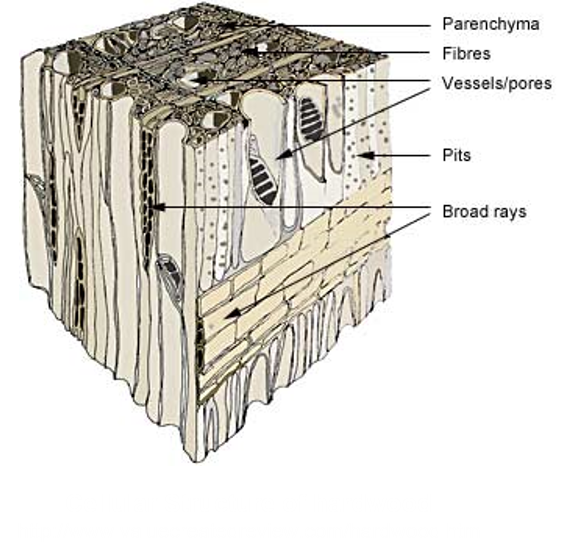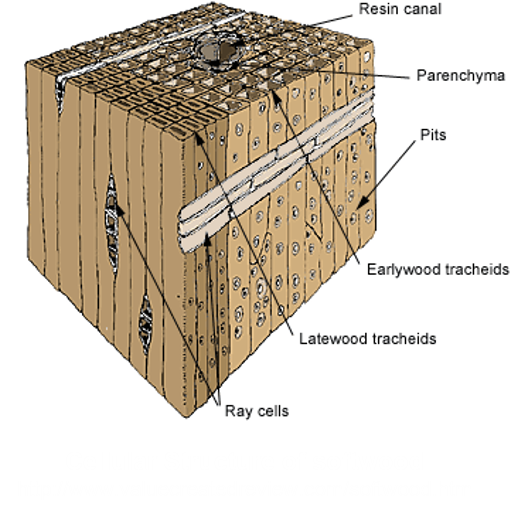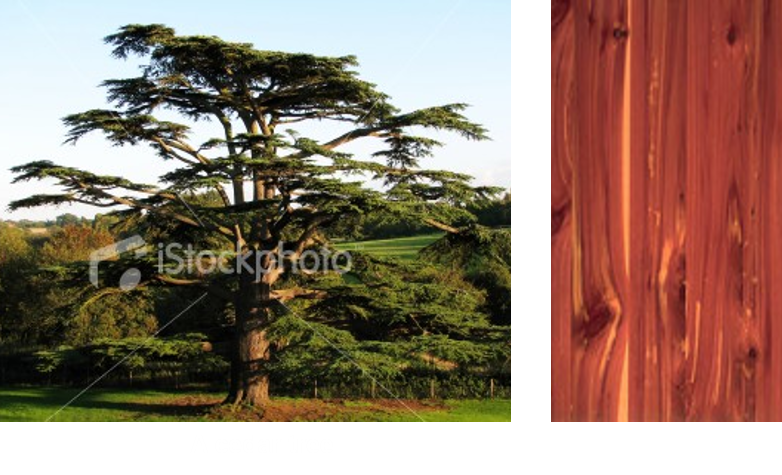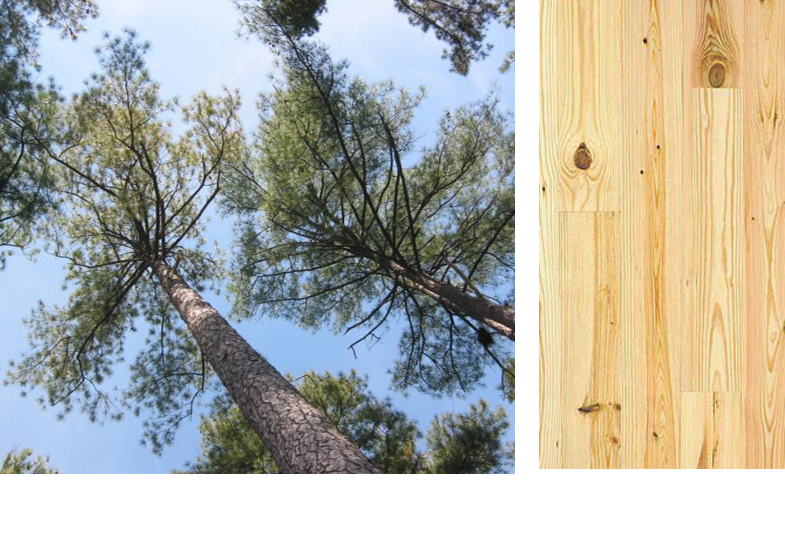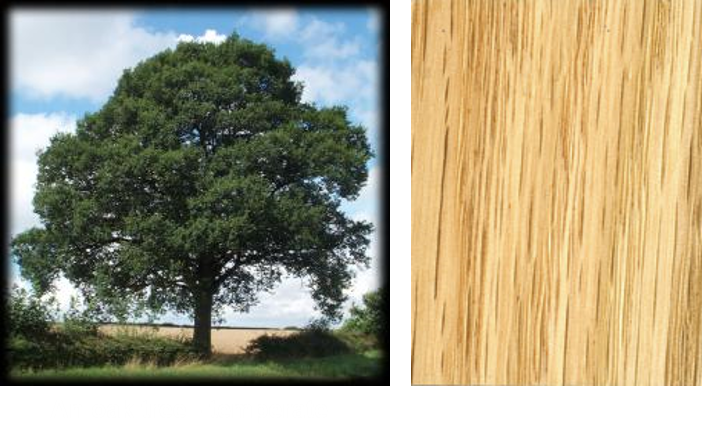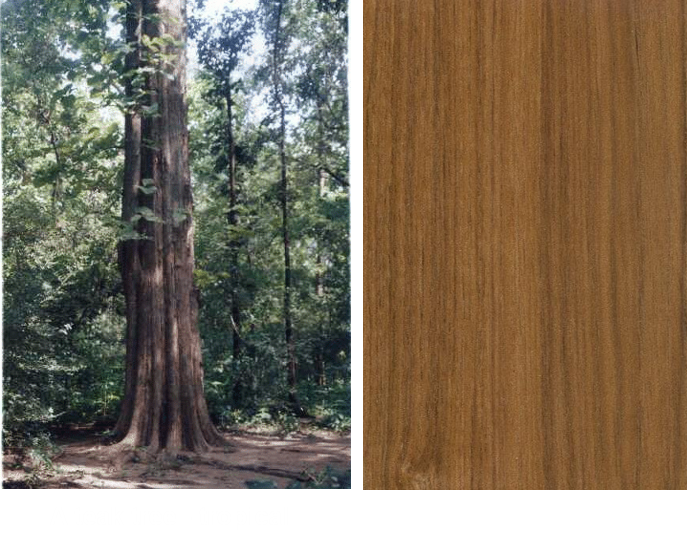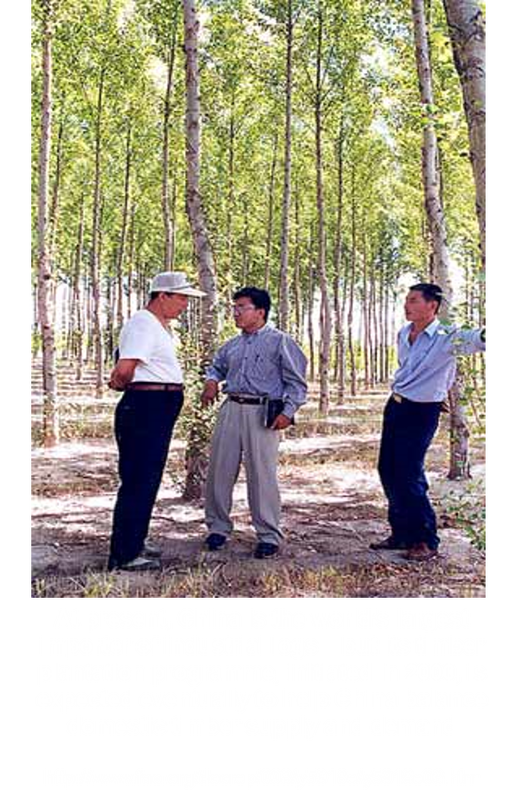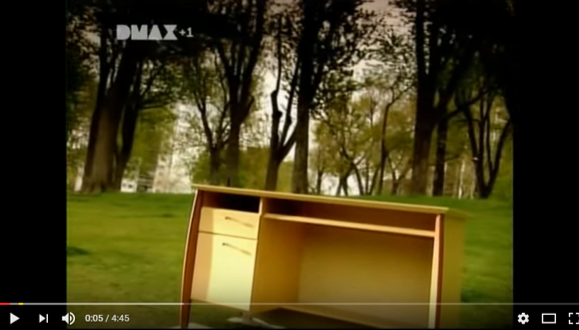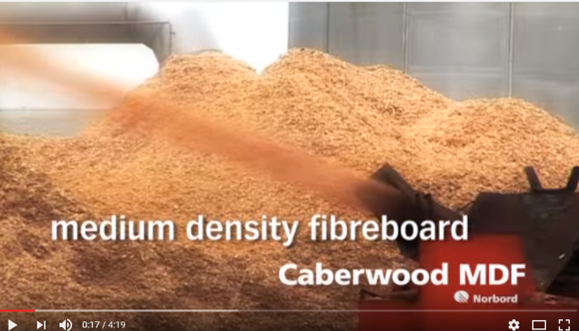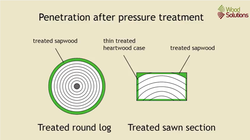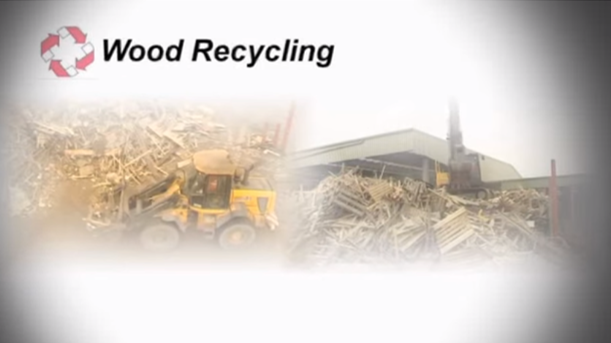4.2b
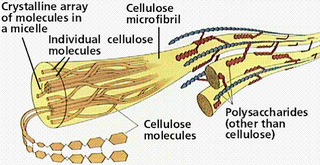
Weight for weight, wood can be as strong as steel but steel is about fourteen times as dense.
Cellulose, the main structural element of all plants, is a long chain polymer with its axis parallel to the direction of the fibre and hence the tree trunk.
The cellulose molecule is about 30% crystalline and about 70% amorphous and it is the amorphous section that can absorb water.
Cellulose, the main structural element of all plants, is a long chain polymer with its axis parallel to the direction of the fibre and hence the tree trunk.
The cellulose molecule is about 30% crystalline and about 70% amorphous and it is the amorphous section that can absorb water.
All timbers can be broadly divided into two large groups, each with distinct botanical features. These are known as hardwoods and softwoods.
Softwoods and hardwoods have a similar structure but the main difference is the thickness of the tubular cell walls. This results in differing densities and mechanical properties for different types of wood.
NB the names softwood and hardwood describe the leaves, seeds and structure of the trees, and not necessarily the timber produced. As a result, some hardwoods (notably balsa) are light in weight and very soft to work, while some softwoods (e.g. yew and pitch pine) are heavy and hard to work.
NB the names softwood and hardwood describe the leaves, seeds and structure of the trees, and not necessarily the timber produced. As a result, some hardwoods (notably balsa) are light in weight and very soft to work, while some softwoods (e.g. yew and pitch pine) are heavy and hard to work.
|
Softwood Tree Characteristics Softwood is a generic term used in woodworking and the lumber industries for wood from conifers (needle-bearing trees from the order Pinales). Softwood-producing trees include pine, spruce, cedar, fir, larch, douglas-fir, hemlock, cypress, redwood and yew. Contrary to the name, softwood trees can often be harder than hardwood trees. Douglas fir, a softwood, is harder and stronger than many hardwoods, while balsa, technically a hardwood, is much softer than even most softwoods. Softwoods lack vessel elements for water transport that hardwoods have; these vessels manifest in hardwoods as pores. In softwood water transport within the tree is via the tracheids only. Some softwoods, such as pine, spruce, larch, and Douglas fir, have resin canals, which provide transport of resin as a defence against injury http://en.wikipedia.org/wiki/Softwood |
|
Hardwood Tree Characteristics The term hardwood designates wood from broad-leaved (mostly deciduous1 but not necessarily, in the case of tropical trees) or angiosperm2 trees. On average, hardwood is of higher density and hardness than softwood, but there is considerable variation in actual wood hardness in both groups, with a large amount of overlap; some hardwoods (e.g. balsa) are softer than most softwoods, while yew is an example of a hard softwood. Hardwoods have broad leaves and enclosed nuts or seeds such as acorns. They often grow in subtropical regions like Africa and also in Europe and other regions such as Asia. The dominant feature separating hardwoods from softwoods is the presence of pores, or vessels. Hardwood species are more varied than softwood. There are about a hundred times as many hardwood species as softwoods. Hardwoods are employed in a large range of applications including (but not limited to): construction, furniture, flooring, utensils, etc. 1 deciduous plants, including trees and shrubs, are those that lose all of their leaves for part of the year. 2 Angiosperms are flowering plants. http://en.wikipedia.org/wiki/Hardwood |
Renewable resources: Resources that are naturally replenished in a short time. (Often described as a human lifetime).
Although the timber industry may have some lingering stigma for cutting down forests, many of today’s timber organizations see the importance of preserving timber as a sustainable and renewable resource into the future.
Timber companies also have their own financial sustainability at stake; if the forests were destroyed, the timber companies would go down along with them. This provides a strong incentive to practice renewable and sustainable timber growth and harvesting.
Timber companies in the U.S. today have little motivation to cut down old growth forests. The approval process is complex and does not inspire public approval. In addition, once old growth has been cut down, timber companies would have to plant new growth anyway.
Today’s timber organizations find it more practical to buy land and turn it into timber plantations rather than cut down old growth forests.
Most growth cycles are approximately 10 to 40 years. In areas with favourable climates, the growth timetable may happen slightly faster; in less favourable conditions, it may take a few more years.
http://www.nuwireinvestor.com/articles/timber-a-renewable-resource-51063.aspx
Although the timber industry may have some lingering stigma for cutting down forests, many of today’s timber organizations see the importance of preserving timber as a sustainable and renewable resource into the future.
Timber companies also have their own financial sustainability at stake; if the forests were destroyed, the timber companies would go down along with them. This provides a strong incentive to practice renewable and sustainable timber growth and harvesting.
Timber companies in the U.S. today have little motivation to cut down old growth forests. The approval process is complex and does not inspire public approval. In addition, once old growth has been cut down, timber companies would have to plant new growth anyway.
Today’s timber organizations find it more practical to buy land and turn it into timber plantations rather than cut down old growth forests.
Most growth cycles are approximately 10 to 40 years. In areas with favourable climates, the growth timetable may happen slightly faster; in less favourable conditions, it may take a few more years.
http://www.nuwireinvestor.com/articles/timber-a-renewable-resource-51063.aspx
Seasoning
- Seasoning is the commercial drying of timber which reduces the moisture content of wood.
- Thus making the timber highly useable.
- Kiln seasoning is carried out in a thermally insulated chamber, a type of oven, that produce the appropriate temperatures to complete the processes, such as hardening, drying, or chemical changes.
- Air-drying: Air- drying are stacks of sawn timber in the open or in large sheds. There is little control over the drying process as the weather elements have affects.
- Kiln-drying are stacks of sawn timber in a kiln, to reduce the moisture content in wood, where the heat, air circulation, and humidity is closely controlled.
Timber Defects
- While the moisture content of ‘wet’ timber is being removed defects may occur, some of which are listed below. Controlled seasoning can avoid this. However, once the EMC is achieve is timber goes from high humidity to low humidity (uncontrolled) then the defects will occur.
- Warping is the distortion in wood caused by uneven drying, which results in the material bending or twisting.
- Bowing is the warping along the length of the face of the wood.
- Cupping is the warping across the width of the face of wood, in which the edges are higher or lower than the centre.
- Twisting is the warping where the two ends of a material do not lie on the same plane.
- Knots are imperfections in timber, caused by the growth of branches in the tree that reduces its strength.
Natural timber
This includes hardwood and softwood trees.
Hardwood trees
Softwood trees
This includes hardwood and softwood trees.
Hardwood trees
- The wood from a deciduous (broadleaved) tree.
- includes eucalyptus, elm, maple, oak, and beech.
Softwood trees
- The wood from a coniferous (evergreen) tree.
- includes are pine, cedar, and cypress
- Characteristics of natural timber
- Tensile Strength: The tensile strength of natural timber is greater along the grain than across the grain.
- Resistance to damp environments: is very resistant.
- Longevity: Hardwoods very good. Softwoods good.
- Aesthetic properties: natural colours range (red, purple, cream and brown). The grain can add to its aesthetics.
Man-made timbers
- Also known as Engineered board or composite wood
- Man-made timber include:
- Plywood (Laminated boards) are layers of veneers (very thin slices of wood) glued together perpendicularly.
- Particle board (Chipboard) which is made from different sizes of wood chips, joined with glue and pressed.
- MDF (Medium Density Fibre Board) strands of fibre ruled together and pressed into sheets.
- Man-made timber often requires finishing such as painting or lamination.
- Lamination is the covering the surface with a thin sheet of another material (plastic laminate, wood veneer, etc) typically for protection, preservation or aesthetic reasons.
|
Characteristics of man-made timber
|
Treating and finishing timbers
Treatment of wood can involve using solutions. The reasons for treating or finishing wood include:
Treatment of wood can involve using solutions. The reasons for treating or finishing wood include:
- Reducing attack by insects, fungus and marine borers by making the wood poisonous
- Creosote: A material that penetrates the timber fibres protecting the integrity of the wood from attack from borer, wood lice and fungal attack.
- Protection from the weather
- Protection from Dry rot.
- Where timber is subjected to decay and attack by fungus.
- Improving chemical resistance
- Enhancing aesthetic properties
- Modifying other properties
Recovery and disposal of timbers
Wood recycling is the process of turning waste timber into usable products.
Recycling timber is a practice that was popularized in the early 1990s as issues such as deforestation and climate change prompted both timber suppliers and consumers to turn to a more sustainable timber source.
Reforestation is the process of restoring tree cover to areas where woodlands or forest once existed. If this area never returns to its original state of vegetative cover the destructive process is called deforestation.
Wood recycling is the process of turning waste timber into usable products.
Recycling timber is a practice that was popularized in the early 1990s as issues such as deforestation and climate change prompted both timber suppliers and consumers to turn to a more sustainable timber source.
Reforestation is the process of restoring tree cover to areas where woodlands or forest once existed. If this area never returns to its original state of vegetative cover the destructive process is called deforestation.
